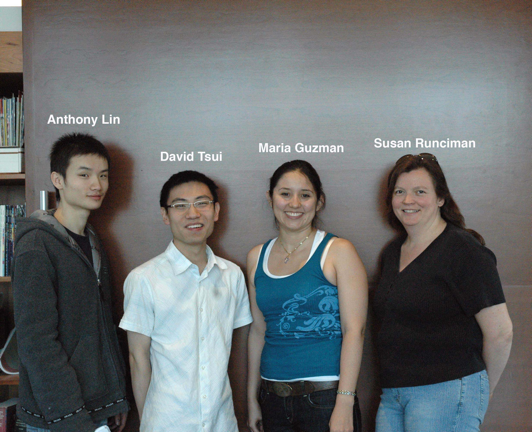Learning and Memory Genes
A mutational analysis has begun to reveal the component processes of learning and memory. We have developed associative (classical conditioning) and non-associative (habituation) learning paradigms using olfactory and taste stimuli in the best understood multicellular organism, the worm C. elegans. Mutational screens in progress have identified new genes which code for critical components of associative (lrn-1 and lrn-2) and non-associative (adp-1) learning. These new genes reveal the separable neuronal and molecular stubstrates underlying associative learning and habituation.
Mutational Analyses of Learning and Memory
Our goal is to use the power and specificity of modern molecular genetics to reveal the component processes of learning and memory. In undertaking a mutational screening approach to learning and memory, we have taken advantage of the best-known multicellular organism, the nematode C.elegans. C.elegans has proven to be an excellent molecular model for mammalinan (including human) biochemical functions. We will use the C.elegans learning and memory genes discovered to find their relevant mammalian homologues. Most important, the C.elegans mutants should allow us to ask if we can separate associative from nonassociative learning, short from long-term memory, and learning and memory in one sensory modality from that in another sensory modality.
Related Publications
Pereira, S., van der Kooy, D. Two forms of learning following training to a single odorant in Caenorhabditis elegans AWC neurons. Journal of Neuroscience 32 (2012) 9035-9044. (pereira...2012...)
Lin,H.A., Tomioka, M., Pereira, S., Sellings, L., Iino, Y., and van der Kooy, D. Insulin signaling plays a dual role in Caenorhabditis elegans memory acquisition and memory retrieval. Journal of Neuroscience. 30 (2010) 8001-8011. (lin...2010)
Nuttley, W.M., Atkinson-Leadbeater, K.P., van der Kooy, D. Serotonin mediates food-odor associative learning in the nematode Caenorhabditis elegans. Proceedings of the National Academy of Sciences, 99 (2002) 12449-12454. (nuttley...2002...)
Project Researchers

**photo credit: Sandrine Willaime-Morawek**
